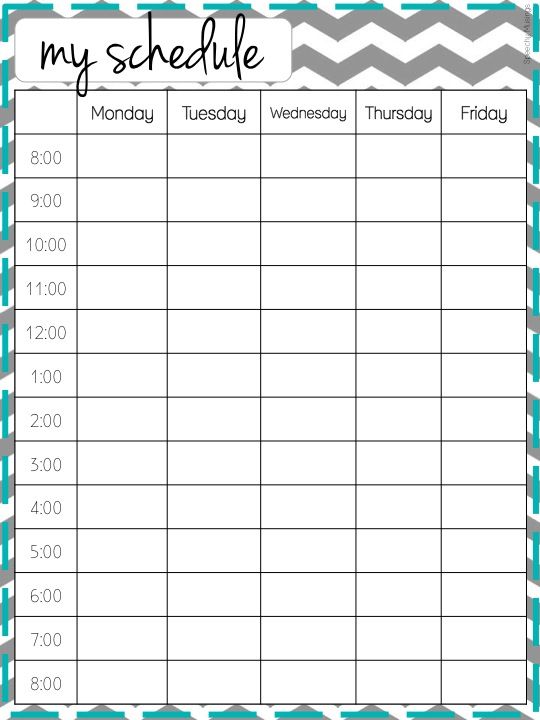

List all of your daily “non-negotiable” times. Get some lined paper, a pencil and let’s go! The next 6 items are how-to tips! 4. Consider making picture schedule cards to either tape directly onto the wall or in a pocket chart. You can also have visual cues for those who need to see what will happen throughout the morning. And all the children responded well to clean up time because they all loved the job and knew what it meant! It was THE most popular Job Helper position. When it was time, the Bell Ringer would ring a small hand bell and say “Clean Up Time!” and lead the group in a clean-up time song.

One of the teachers would give a 5 minute warning to the group that Center Time was almost over. One of our classroom jobs was “Bell Ringer”. You also want the transitions to be as natural as possible. How will you let your children know about the change from one scheduled activity to the next? Ideally, you want as few transitions as possible. Consider Audio and Visual Cues to Transitions
CREATE A DAILY SCHEDULE MONTH DOWNLOAD
In addition to helping children feel confident in their environment and knowing generally what will happen each day, having a daily schedule that is well-balanced will prevent many behavior problems in your program.Ĭlick here for more information on Transitions as well as a free download with tons of transition ideas! 3. Moral: Plan for transitions! They happen whether you put them on the schedule or not! If you plan for transitions within your posted schedule, your day will run smoother, the children will not be frustrated with shortened activity times and you will no longer be running late at dismissal time!
CREATE A DAILY SCHEDULE MONTH FULL
For full day programs it means eating lunch late, therefore taking naps or rest late and needed to extend that time for the sleepers in your group, meaning late afternoon snack, late getting outside, late for activities in the afternoon. For a half day program, it means shortened outside time and possibly cutting out Story Time. You will be running late for the rest of the day.They cannot “tell” time, but they can “feel” it! They may just be deciding they want to play tag and you’re giving the cue that it’s time to come inside. They are also not getting the amount of time it takes to really get involved in group play with peers. If you are only able to stay outside for 10 minutes instead of 30, the children are not getting the time they need to exercise. If you plan on snack being 15 minutes and it takes 8-10 minutes for all of your children to wash their hands, does that mean snack time is really only 5 minutes long? No, of course not, but what it usually means is that your activity after snack time (usually outside time) will be cut short because you didn’t plan on hand-washing! The truth is, whether you plan for them or not, transitions are part of your day. Inevitably, this will result in outside time being shortened from 30 min to 10 min or removed all together and just doing a teacher-led active game or a round of the Hokey Pokey as you play catchup. You haven’t allowed time for clean up after center time, handwashing before snack or putting on jackets before going outside. When we come in, we read a story and then Mommy comes. We are washing our hands, so we are going to have snack. The daily preschool schedule helps children to predict their day and therefore participate more as well as reduce separation anxiety:

We are asked daily “When do we have snack? When do we go outside? For some children, the preoccupation with the question "When is Mommy coming?" limits the child's ability to participate. They “tell time” by knowing what comes next. Preschoolers tell time differently than we do. The predictability of knowing what comes next helps preschoolers to feel secure which leads to them feeling comfortable to engage and participate in activities throughout the day. Having a daily preschool schedule is important. Let’s look at the 9 tips you need to know! 1. If you don’t consider them, you’ll spend your days (and year!) wondering why you are always running behind or why the children are not in the groove of school (aka behavior problems). You need to consider many other areas such as transition times and balancing passive/active activities. Planning a daily preschool schedule is important and there is more to it than listing Circle Time, Activity Times, Snack Time, etc.


 0 kommentar(er)
0 kommentar(er)
